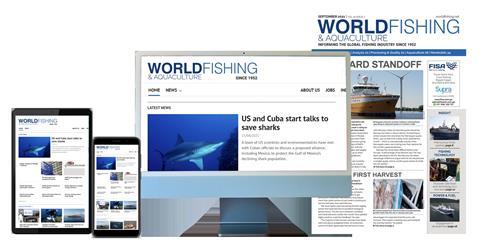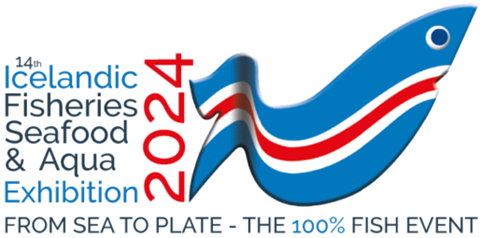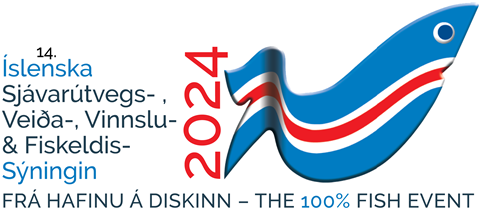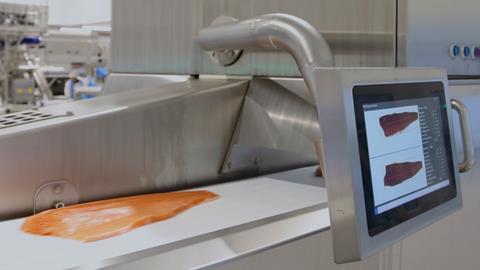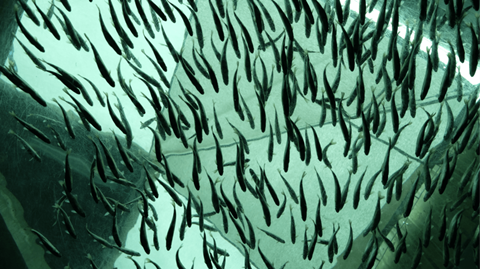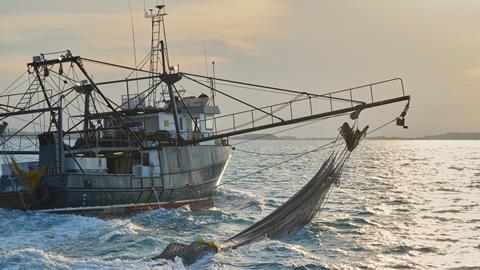Here is the official round-up of day one of Fish Waste for Profit 2019 with details of what you missed during our two-day packed agenda.

Chaired by the Iceland Ocean Cluster’s Thór Sigfússon, the Fish Waste for Profit conference in Reykjavík got off to a flying start with a few home truths to get the ball rolling on Wednesday 10th April 2019.
Keynotes
The conference began with a keynote address from Hörður Kristinsson, chief science and innovation officer at Matís, who noted that while an estimated 8% of fish is lost in discards, the genuinely startling figure is the estimated 35% waste rate at consumer level.
“Food waste is one of the biggest challenges,” he said before commenting that real advances are being made in utilising by-production, such as the work being done with 3D printing technology to make food products such as a cod castle, made with cod production offcuts.
“I’m amazed at the money that’s available for R&D in Iceland, focused on research for the seafood industry,” he said. “This is a unique system we have in Iceland.”
Following keynotes from Matis and Neil Auchterlonie from IFFO, who covered the future predictions for availability of raw material from byproducts, session one explored the prospects for funding the future of full utilisation.
Session 1
Húni Jóhannesson, a corporate finance specialist at Arctica Finance kicked off the session with an exploration into the investment opportunities he sees in the byproduct industry.
There are more than sixty companies in Iceland working with by-products. “It’s amazing for a small country,” said Jóhannesson, examining the way these companies come into existence, and subsequently grow – or not – as well as looking at how successes and failures come about. He commented that frequently those who are pioneers in utilising material that would otherwise become waste are seen as “eccentrics working with smelly garbage,” but pointed out that often these are people working with ingenious solutions to complex problems.
“That’s the reality. It’s important that these ‘eccentrics’ are there to lead the way. We should support and encourage them,” he said.
Sigurdur Bjornsson of Rannis joined Huni on stage with an insight into investing in bioeconomy in Iceland. Following a packed lunch break offering delegates the opportunity to speak with the presenters who had already shared their experiences that morning, session two kicked off with five presentations from Icelandic experts in the reutilisation industry.
Session 2
Katrín Pétursdóttir of Lýsi has been leading by example for a long time. Lýsi dates back to 1938 and the company has 145 staff – 25 of them working on quality, which highlights the crucial importance placed by the company on quality control and management.
“Everything is used,” she said. “That’s the way we have done this for twenty years. Nothing is wasted. We have full utilisation of all our raw material, and we extract value from everything.”
As a poignant aside, Katrín Pétursdóttir added that Lýsi has also invested in plastic recycling as part of a response to the growing problem of plastic waste.
There’s a future in fish leather, according to Gunnsteinn Björnsson of Atlantic Leather, which emerged as an offshoot of a traditional lambskin leather production that found itself short of raw material.
“We started in 1995 and as a business model we were probably far too early,” he said.
Today Atlantic Leather is one of only a few companies worldwide producing fish skin leather, and it hasn’t been an easy process. Björnsson explained that traditional leather production is geared to temperatures that don’t suit fish skin. Atlantic Leather managed to surmount the technical challenges – and is still doing so, even in highly demanding markets such as producing fish leather to hugely strict specifications for cars.
“Things are changing,” he said. “Is there a market for this? Definitely. Fish leather is classed as exotic leather, but fish leather will become a normal product.”
Lipid Pharmaceuticals, Feel Iceland and Zymetech also presented during this session, providing the audience with insight into how they have grown their businesses and how their innovative and unique products are breaking into international markets.
Session 3
Day one ended with a session focused on the international applications of the 100% utilisation model. Speakers from Scotland, Ireland, Denmark and Indonesia covered the steps they are taking to ignite the reutilisation industry in their countries.
Want to know more?
Stay tuned for more stories including a day-two round-up, an exploration of the technical visit at Haustak, Iceland’s largest fish drying facility, and keynote videos.
The presentations and papers from this year’s conference will be made available to download at the end of this week. Those who attended will receive a username and password. If you missed the conference, you can buy the download online here.
The team would like to thank all those who attended and spoke at this year’s event. It was a pleasure to see a room of almost 100 individuals passionate about 100% utilisation.

